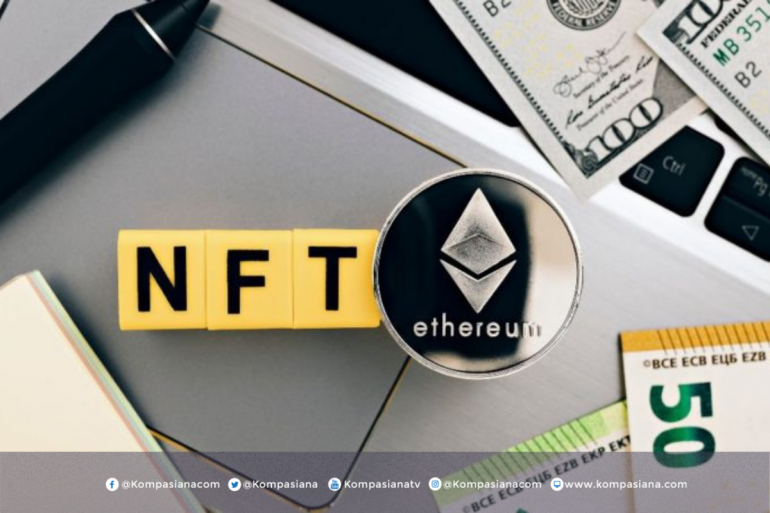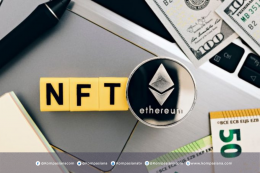n early 2021, a digital collage by Beeple sold for $69 million as an NFT. Since then, the internet has exploded with talk of non-fungible tokens. But NFTs are no longer just about pixelated monkeys or million-dollar memes. Today, they’re used in music rights, gaming assets, real estate ownership, medical records, and even education credentials.
But what actually goes into developing an NFT? How do you make one? Can businesses use NFTs beyond hype?
What is an NFT, Really?
NFT stands for Non-Fungible Token. It’s a digital certificate of authenticity, stored on a blockchain. Each NFT is unique, indivisible, and traceable, unlike cryptocurrencies (which are fungible and interchangeable).
In simple terms:
Owning an NFT is like owning a signed copy of a book — you can prove it’s original and yours, even if copies exist.
Real-World Use Cases of NFT Development
1. Digital Art
Artists mint artwork as NFTs, ensuring authenticity, ownership, and royalties on resales.
🎮 2. Gaming & Metaverse
Players buy, sell, and trade in-game NFTs (weapons, skins, avatars) they truly own — even outside the game.
🎵 3. Music & IP Rights
Musicians issue NFTs for albums, exclusive rights, or royalties — cutting out middlemen.







